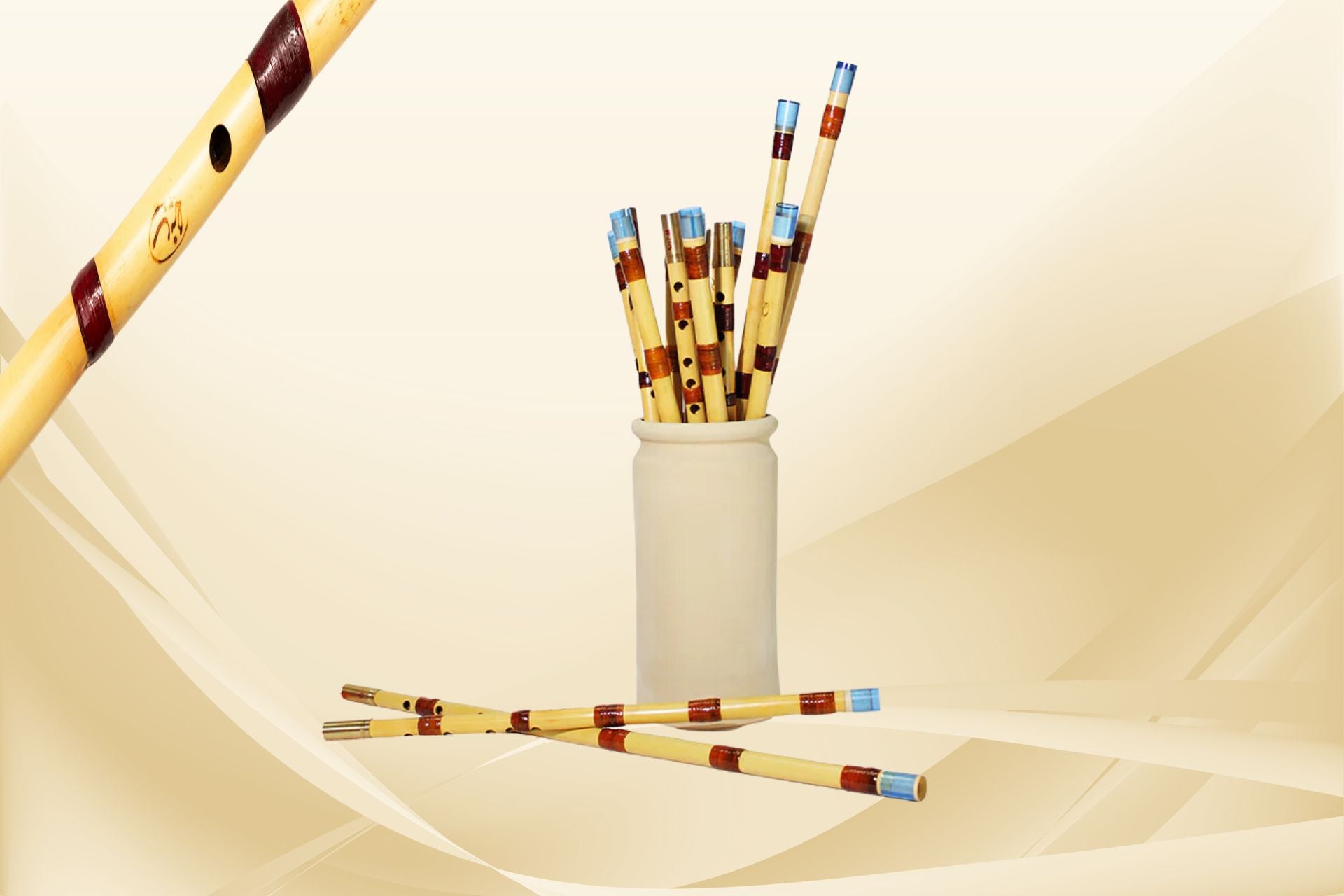General Articles
The Ney: A Journey Through Time, Melody, and Tradition
Music, an art form that transcends boundaries, has been an integral part of human civilization for centuries. One such instrument that carries a rich heritage and captivates listeners with its hauntingly beautiful sound is the Ney. Originating in ancient Persia, the Ney holds a significant place in Persian and Middle Eastern music.
This article will explore the history, construction, playing techniques, and evolution of the Ney, shedding light on its cultural and musical importance.
Historical Background
The Ney, also known as the Persian flute, dates back thousands of years, with its roots deeply embedded in the ancient Persian civilization. It has been mentioned in Persian literature, artwork, and historical documents, highlighting its prominence in the cultural fabric of the region. Initially crafted from reeds, the Ney has undergone various modifications over time, resulting in the development of different types and sizes.
Construction and Materials
Traditionally, the Ney is crafted from a single hollow piece of cane or bamboo. A skilled craftsman meticulously carves the reed to create the desired length, diameter, and taper. The instrument typically consists of five main parts: the mouthpiece, body, three finger holes on the front, and one thumb hole on the back. Its cylindrical shape, combined with the unique embouchure technique required to play it, gives the Ney its distinctive sound. This instrument is part of the woodwind family.
Playing Techniques
Playing the Ney requires not only musical skills but also a deep understanding of its peculiar technique. The player blows air into the mouthpiece while covering and uncovering the finger holes to produce different pitches. The breath control and finger movement, coupled with delicate embouchure adjustments, allow for a wide range of melodic expression. Mastery of these techniques is crucial in conveying the emotional depth and intricacies of Persian music.
Musical Significance
The Ney holds a significant place in Persian and Middle Eastern music due to its ethereal sound and expressive capabilities. Its melancholic tones are particularly suited for improvisation and rendering maqams (musical modes) commonly found in Persian classical and Sufi music. The Ney is often used as a solo instrument or in ensembles, complementing other traditional instruments such as the tar, santur, and daf. It has the power to evoke deep emotions, transport listeners to distant realms, and invoke a sense of spirituality.
Evolution and Contemporary Influence
Throughout its history, the Ney has undergone several changes to meet the demands of evolving musical traditions. With the introduction of new techniques and influences from neighboring regions, the instrument has adapted and expanded its range. Today, contemporary Ney players experiment with different materials, such as plastic and metal, to enhance durability and explore new tonal possibilities while preserving the traditional essence.
The Ney, with its soul-stirring melodies and enduring legacy, continues to enchant audiences worldwide. Its significance in Persian and Middle Eastern music cannot be overstated, as it acts as a vessel that carries the emotions and aspirations of countless generations. The Ney stands as a testament to the power of music to connect people across time and culture, preserving a timeless tradition for generations to come.
If you are interested or looking to purchase the Ney, visit our shop in Markham, or you can buy online by clicking here. We provide service to Markham, Richmond Hill, Vaughan and the rest of the GTA.

